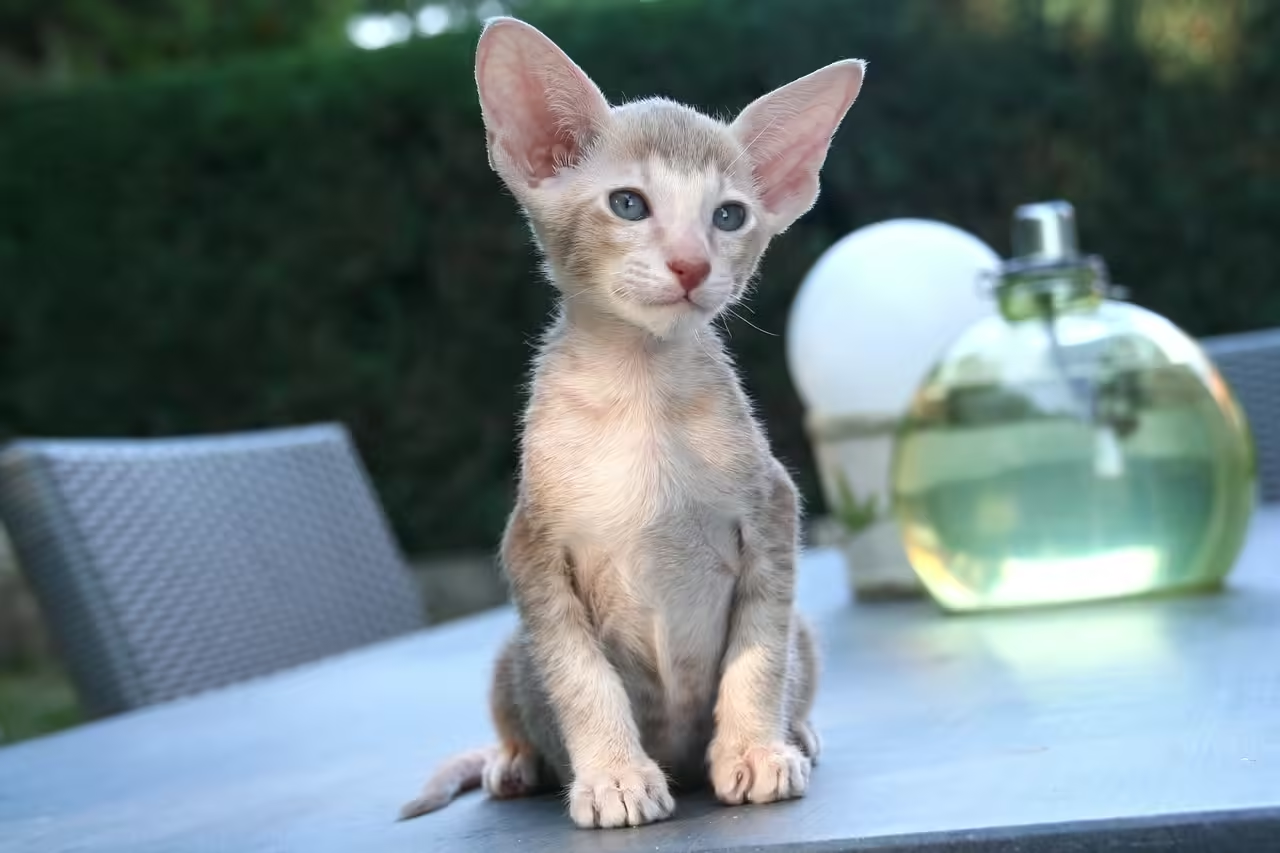Top 10 Hypoallergenic Cat Breeds
Cat lovers with allergies often face a dilemma when choosing a furry companion. While no cat breed is completely hypoallergenic, some breeds produce fewer allergens than others, making them more suitable for people with sensitivities. In this article, we will explore some of the top hypoallergenic cat breeds, delve into the reasons behind their lower allergenic properties, and provide tips on managing cat allergies.
What Makes a Cat Hypoallergenic?
Before diving into specific breeds, it’s important to understand what makes a cat hypoallergenic. The primary allergen in cats is a protein called Fel d 1, which is found in a cat’s saliva, skin, and urine. When cats groom themselves, this protein is spread onto their fur and skin, and when it dries, it can become airborne, leading to allergic reactions in sensitive individuals.
Top Hypoallergenic Cat Breeds
1. Siberian Cat
The Siberian cat is often touted as one of the most hypoallergenic cat breeds. Despite its long, thick fur, this breed produces lower levels of Fel d 1 protein, making it less likely to trigger allergic reactions. Siberian cats are known for their friendly and affectionate nature, making them excellent companions for families.

2. Balinese Cat
Often referred to as the “long-haired Siamese,” the Balinese cat is another breed known for producing less Fel d 1 protein. Balinese cats are intelligent, vocal, and affectionate, with a sleek coat that requires minimal grooming.

3. Bengal Cat
Bengal cats are famous for their striking leopard-like spots and sleek coats. Their short fur means they shed less, which helps reduce the spread of allergens. Additionally, Bengals are known for their energetic and playful nature, making them a fun addition to any household.

4. Devon Rex
The Devon Rex has a short, curly coat that sheds minimally, reducing the amount of dander released into the environment. These cats are known for their large ears, mischievous personalities, and affectionate nature. The Devon Rex is an excellent choice for those with mild cat allergies.

5. Sphynx Cat
The Sphynx is perhaps the most well-known hypoallergenic cat breed due to its lack of fur. While Sphynx cats are not completely hairless, their peach-fuzz coat significantly reduces the amount of allergens they produce. However, because they have no fur to absorb oils, they require regular bathing to remove excess oils and allergens from their skin.

6. Russian Blue
The Russian Blue is known for its dense, plush coat that sheds minimally. This breed produces lower levels of Fel d 1 protein, making it less likely to cause allergic reactions. Russian Blues are reserved but loyal, forming strong bonds with their owners.

7. Oriental Shorthair
Similar to the Siamese, the Oriental Shorthair has a sleek, short coat that sheds very little. This breed is known for its vocal and social nature, often following their owners around the house. Oriental Shorthairs are available in a wide variety of colors and patterns.

8. Cornish Rex
The Cornish Rex, like the Devon Rex, has a unique curly coat that sheds minimally. This breed is playful, affectionate, and highly energetic, making it a great choice for families. Cornish Rex cats also produce lower levels of Fel d 1 protein, contributing to their hypoallergenic reputation.

9. Javanese Cat
The Javanese cat, similar to the Balinese, has a single layer of silky fur that sheds less than other breeds. Javanese cats are intelligent, vocal, and social, often seeking attention from their owners. Their minimal shedding makes them a good option for allergy sufferers.

10. LaPerm Cat
The LaPerm is a unique breed with a curly coat that sheds minimally. These cats are known for their affectionate and gentle nature. The LaPerm’s curly fur helps to trap dander, reducing the amount of allergens released into the air.

Managing Cat Allergies
Even with a hypoallergenic cat, it’s important to take steps to manage allergies effectively. Here are some tips:
- Regular Grooming: Brush your cat regularly to remove loose fur and dander. For breeds like the Sphynx, regular bathing is essential to remove excess oils.
- Clean Your Home: Vacuum carpets, rugs, and upholstery frequently to reduce the amount of dander in your home. Consider using a vacuum with a HEPA filter.
- Air Purifiers: Use air purifiers with HEPA filters to reduce airborne allergens.
- Wash Hands: Always wash your hands after petting your cat to remove allergens.
- Create Allergen-Free Zones: Designate certain areas of your home, such as your bedroom, as cat-free zones to reduce exposure to allergens.
Conclusion
Choosing a hypoallergenic cat breed can make a significant difference for allergy sufferers who still want to enjoy the companionship of a feline friend. While no cat is completely free of allergens, breeds like the Siberian, Balinese, and Sphynx are known for producing fewer allergens, making them better suited for people with sensitivities. By selecting the right breed and taking steps to manage allergens, you can enjoy the joys of cat ownership without the discomfort of allergies.







